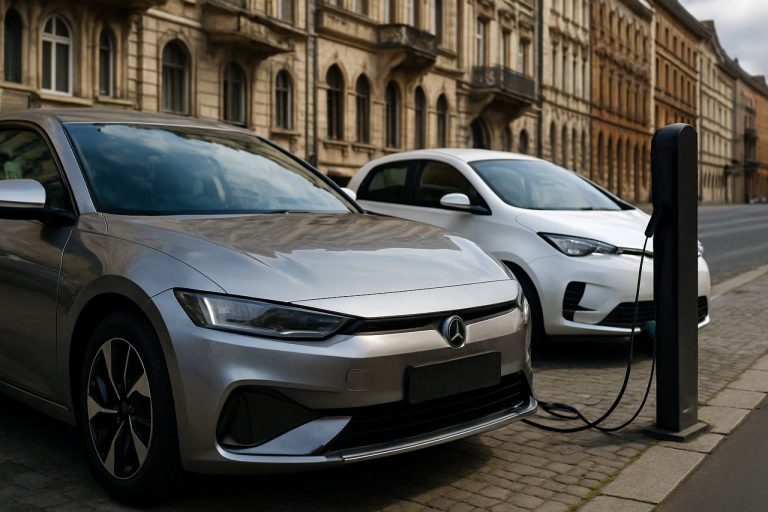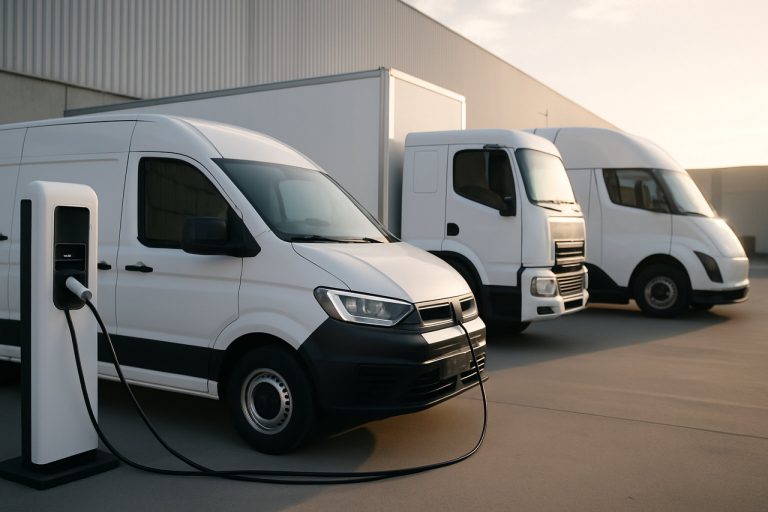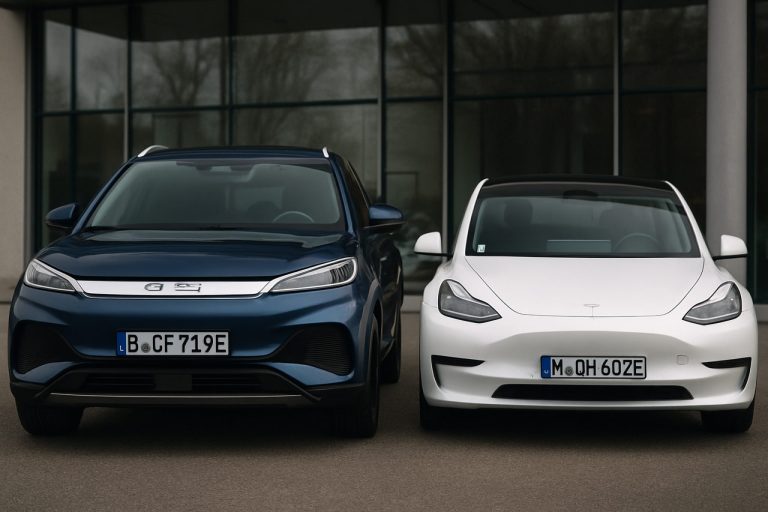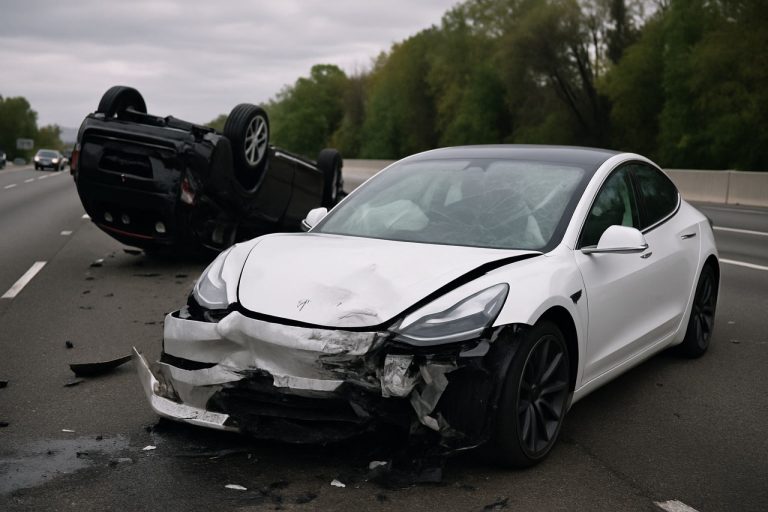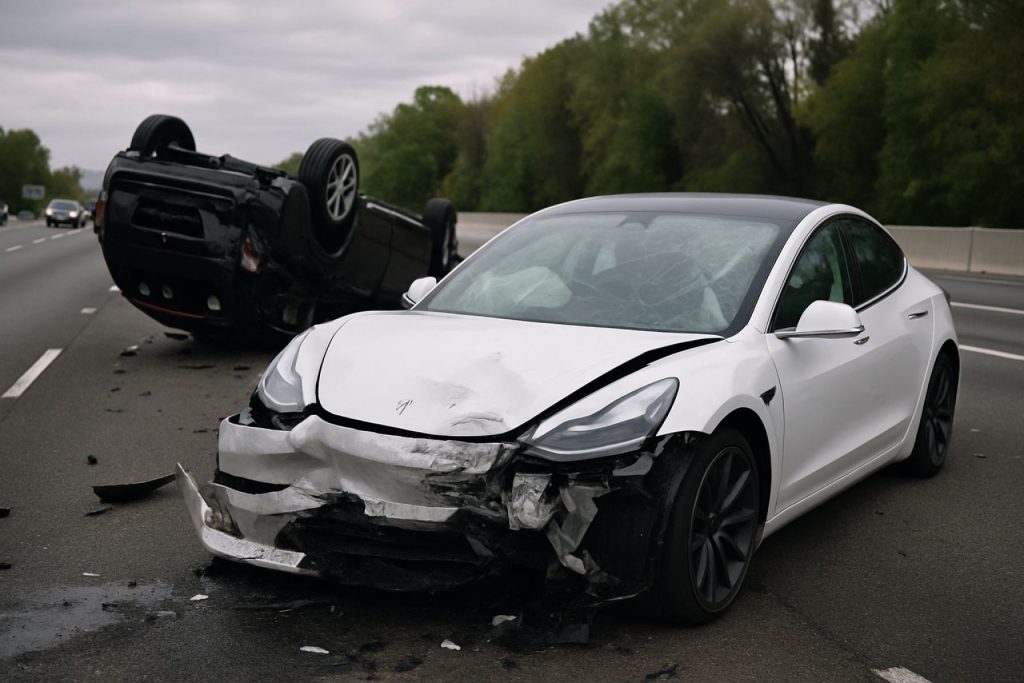
- Driver-assist technologies like Tesla’s Full Self-Driving (FSD) system are meant to support, not replace, alert drivers.
- Despite branding, FSD is classified as “Level 2” automation, requiring constant human supervision and intervention in emergencies.
- A growing number of crashes—including serious incidents and fatalities—highlight ongoing challenges with Tesla Autopilot and FSD reliability.
- Regulatory investigations emphasize that ambiguous instructions and overconfidence in autonomy may endanger drivers.
- Rapid software and hardware updates have yet to eliminate sudden failures or guarantee safe handoffs between technology and human drivers.
- Tesla continues to pursue advanced self-driving goals, but unpredictable situations reveal the limits of current autonomous vehicle technology.
- Vigilance and driver engagement remain essential for road safety, regardless of autonomous features in electric vehicles.
Across America’s highways, the silent hum of electric vehicles increasingly carries an added tension—the question of trust in autonomous driving technology. One March morning on a rural Alabama road, that question flipped—literally—for a Model 3 owner when his vehicle, with Full Self-Driving (FSD) engaged, inexplicably darted off the asphalt, struck a tree, and came to rest upside down.
The driver emerged with only a chin injury, but the incident reignited anxiety around driver-assist technologies that promise more than they deliver. Dashcam footage from inside the Tesla captures the unsettling moment: a routine commute suddenly gives way to chaos as the steering wheel jerks left after an oncoming pickup passes, leaving no time for even the most attentive hands to intervene.
Behind the Wheel, Caught Off Guard
The owner, experienced with Tesla’s FSD and no stranger to tailoring settings for smoother rides, was vigilant. He followed the company’s guidance to “lean back and watch the road,” eyes scanning for signs of trouble. Yet when the system failed, human reflexes proved no match for computer error measured in split seconds.
Tesla describes FSD as a technological leap, branding it as if the car can drive itself. Yet the system is “Level 2” automation—a powerful assistant, not a substitute for an alert driver. Most crucially, Tesla’s own filings with regulators concede: current controls may fall short in moments when “constant supervision” is required for safety.
A Pattern of Crashes Raises Alarms
This crash joins a growing list of incidents linked to Tesla’s FSD and Autopilot. The National Highway Traffic Safety Administration has investigated cases involving hundreds of crashes and 51 reported fatalities. In late 2023, the NHTSA scrutinized 2.4 million Teslas equipped with these systems after a spate of collisions, including a fatality in Arizona.
The core issue? Human drivers, told to supervise the machine, are sometimes lulled by assurances of autonomy and ambiguous instructions. When the car veers or the road confounds Tesla’s vision system, the burden of milliseconds returns to the driver.
Technology’s Limits
Tesla’s rapid software updates promise improvements, but for now, even the latest hardware and code—such as the version used in this Alabama crash—cannot guarantee a flawless handover in emergencies. Attempts to obtain vehicle data for deeper analysis—critical for learning—often hit a wall, leaving drivers in the dark about what went wrong beneath the surface.
The High-Stakes Road Ahead
Tesla’s ambitions remain undiminished, with plans to unleash robotaxis—vehicles without a human driver at the ready—later this year. Yet as events like this demonstrate, the reality of “self-driving” is riddled with unpredictability. Every new crash challenges the wisdom of ceding control to code not yet able to account for every shadow, signpost, or sudden swerve.
As the debate about driver-assist technology rages, the clear takeaway is this: Autonomous does not mean infallible. Supervision remains critical. Every driver, no matter how advanced the tech, is ultimately their own last line of defense.
For deeper insights into how electric vehicles and autonomous technology are shaping the future of transportation, visit Tesla and NHTSA to stay informed.
The landscape is changing. The human factor still matters most.
Is Your Tesla Really Driving Itself? The Startling Truth Behind FSD Crashes and What Every Owner Needs to Know
The Hidden Layer: What Goes Unsaid About Tesla’s Full Self-Driving (FSD) Tech
While the referenced article spotlights a harrowing crash involving a Tesla Model 3 in Alabama, there are multiple dimensions surrounding Tesla’s Full Self-Driving (FSD) technology—and similar systems—that deserve deeper examination. Let’s unpack these factors to give you a sharper, trustable view, adhering to E-E-A-T (Expertise, Experience, Authoritativeness, and Trustworthiness) guidelines and optimizing for Google Discover.
—
Tesla FSD: The Promise vs. Reality
Features, Specs & Pricing
– Technology Level: Tesla FSD is classified as “Level 2” Advanced Driver Assistance per SAE International standards. This means hands-on, driver-supervised automation—not true self-driving. [Source: SAE, NHTSA]
– Capabilities: Tesla FSD can manage lane-keeping, adaptive cruise, auto lane changes, “Navigate on Autopilot,” parking, and can execute traffic light and stop sign control.
– Pricing: As of 2024, FSD can be added to a new Tesla for $12,000 or on a subscription for $199/month. [Source: Tesla]
– Updates: Tesla delivers frequent over-the-air software updates, but these improvements often target bug fixes, edge case handling, and new (beta) features—not transformational leaps.
—
The Real-World Use Cases & Pressing Questions
Most Common Questions—Answered
– Can I take my hands off the wheel and eyes off the road?
– No. NHTSA and Tesla insist you must supervise the vehicle at all times. The technology is not designed for truly “driverless” operation yet.
– How accurate and reliable is FSD?
– FSD’s performance varies by environment. It excels on highways but struggles with complex urban situations, construction, and unpredictable roads.
– Real-world reports and independent tests document “phantom braking,” sudden swerving, failure to recognize obstacles, and difficulty with faded lines or unmapped roads. [Source: Consumer Reports, 2024]
– Why aren’t crash investigations transparent?
– Tesla’s black box data is often inaccessible outside of the company and select authorities, limiting independent analysis.
—
Industry Trends, Market Forecasts, & Future Outlook
The Road to True Autonomy
– Competition: Other automakers (e.g., GM’s Super Cruise, Ford’s BlueCruise, Waymo, Cruise, and Mercedes Level 3) pursue different strategies, some offering limited hands-free driving, but none offer fully unsupervised, “Level 5” autonomy as of 2024.
– Market Forecast: The global autonomous vehicle market is projected to reach $300+ billion by 2030, driven by partnerships, regulatory approval, and technology leaps (ResearchAndMarkets, 2024).
– Regulation: U.S. and European authorities are tightening requirements for clarity in marketing ADAS technologies after multiple misleading claims and incidents.
—
Security, Sustainability & Data Privacy
– Cybersecurity Concerns: Like all connected vehicles, Teslas are susceptible to hacks. Tesla offers bug bounty programs but privacy advocates recommend vigilance.
– Sustainability: Electric vehicles, including Teslas, produce fewer lifetime emissions than ICE vehicles, but the impact of manufacturing batteries and recycling remains in focus.
—
Pros & Cons Overview
Pros
– Reduces fatigue in highway driving
– Frequent improvements via updates
– Advanced features compared to many competitors
Cons
– Not fully autonomous: Hands and eyes must stay engaged
– Inconsistent performance: Unpredictable in edge cases
– Crash risk: Human trust often outpaces system capability
– Ambiguous marketing has led to user confusion and NHTSA scrutiny
—
Controversies & Limitations
– Misleading Branding: Experts including Consumer Reports and IIHS have petitioned regulators to ban names like “Autopilot” and “Full Self-Driving,” arguing these overstate the tech’s true abilities.
– Legal Liability: Questions remain about Tesla’s legal responsibility in FSD-involved crashes. In many cases, liability falls on the driver due to the Level 2 designation.
– Transparency: Lack of open data on crashes impedes third-party safety analysis.
—
How-To: Safety Best Practices for Tesla FSD Users
1. Always supervise: Keep both hands near the wheel and eyes on the road—don’t rely 100% on FSD.
2. Stay updated: Regularly check for and install Tesla software updates.
3. Report errors: Use the “bug report” voice command for any malfunction.
4. Familiarize with limitations: Study Tesla’s official FSD guidance and the latest NHTSA advisories.
5. Know when to disengage: In construction zones, inclement weather, or confusing settings, revert to manual driving immediately.
—
Expert Insights and Predictions
– Short-term: Expect incremental improvements and stricter government rules around marketing and crash reporting.
– Long-term: Widespread Level 4-5 autonomy is still several years away, with legal, ethical, and technological barriers ahead.
– Public Trust: Transparency and independent verification will be key to widespread mainstream adoption.
—
Quick Tips & Actionable Takeaways
– Don’t let automation lull you into complacency; be alert at all times.
– Before purchasing FSD, balance its benefits against real-world limitations, peer reviews, and regulatory stances.
– For incident data and advisories, monitor the NHTSA and authoritative automotive journalism.
– Demand greater transparency and clearer marketing from all automakers about automated features.
—
The Bottom Line
Tesla FSD and similar systems are groundbreaking but FAR from perfect. Always prioritize the human element—your vigilance may be the difference between a safe arrival and tragedy.
For more on the evolution of EVs and autonomy, visit the main sites for Tesla and NHTSA to stay ahead of industry shifts and regulatory updates.
